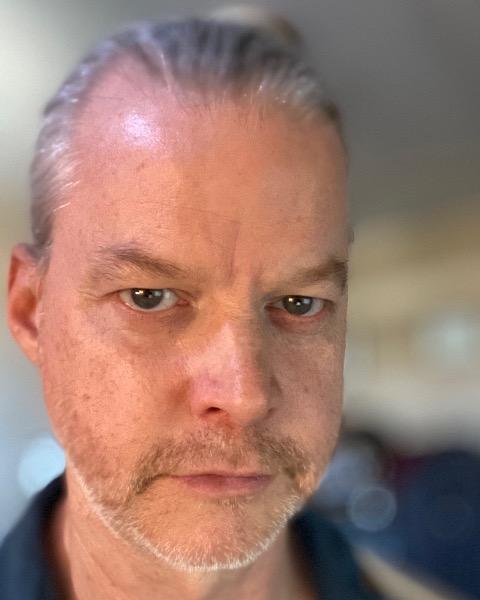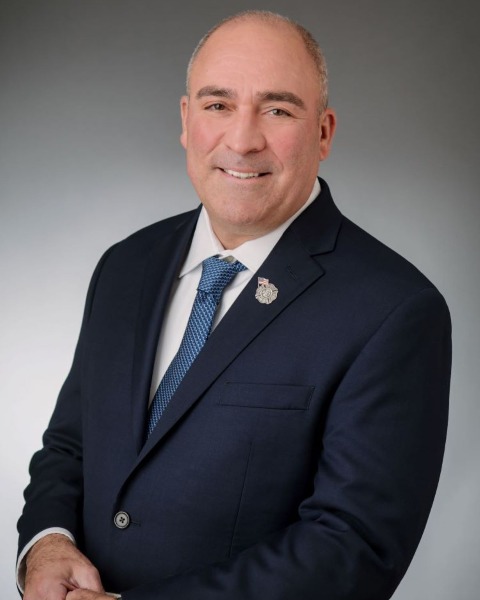Psychedelics
PSD-02 - Real World Evidence on Psychedelics for Pain - Patient Perspectives
Wednesday, September 4, 2024
9:40 AM - 10:30 AM PST
Location: Mont Royal Ballroom
CE: Contact Hours: 1 | Pharmacotherapy: 0 | Mate: 0

Court Wing
Co-Founder | Research Lead
Psychedelics & Pain Association (PPA)
Astoria, New York
Joe McKay, Patient & Advocate
Firefighter
FDNY (Retired)
Holmdel, New Jersey
Co-Presenter(s)
Two real world patients share their journeys in using psychedelics to treat and manage their chronic pain.
Joe McKay, a NYC firefighter who worked at Ground Zero after 9/11 developed cluster headaches, the most painful condition known to medicine. After reaching rock bottom, he was introduced to psilocybin mushrooms by a cluster patient advocacy organization and it changed the course of his life.
Court Wing was a study trial participant in NYU's psilocybin trial for major depressive disorder in March 2020 and found himself in full remission by the end of his dosing day, but more astonishingly found himself also in remission from his persistent chronic pain.
Both will share their experience, providing real world evidence for how psychedelics vastly improved, if not eliminated, their chronic pain. They will also discuss the potential mechanisms of action behind both their relief and that of other patients through additional case studies.
Joe McKay, a NYC firefighter who worked at Ground Zero after 9/11 developed cluster headaches, the most painful condition known to medicine. After reaching rock bottom, he was introduced to psilocybin mushrooms by a cluster patient advocacy organization and it changed the course of his life.
Court Wing was a study trial participant in NYU's psilocybin trial for major depressive disorder in March 2020 and found himself in full remission by the end of his dosing day, but more astonishingly found himself also in remission from his persistent chronic pain.
Both will share their experience, providing real world evidence for how psychedelics vastly improved, if not eliminated, their chronic pain. They will also discuss the potential mechanisms of action behind both their relief and that of other patients through additional case studies.
Learning Objectives:
- List five of the most likely mechanisms of action in psychedelics that create analgesia and relief from chronic pain
- Describe landmark studies in the history of research into psychedelics and chronic pain
- Discuss the responses and results of three modern case-studies using psychedelics in treating their chronic pain
- Identify primary differences in dose responses between cluster headaches and other conditions of central sensitization
